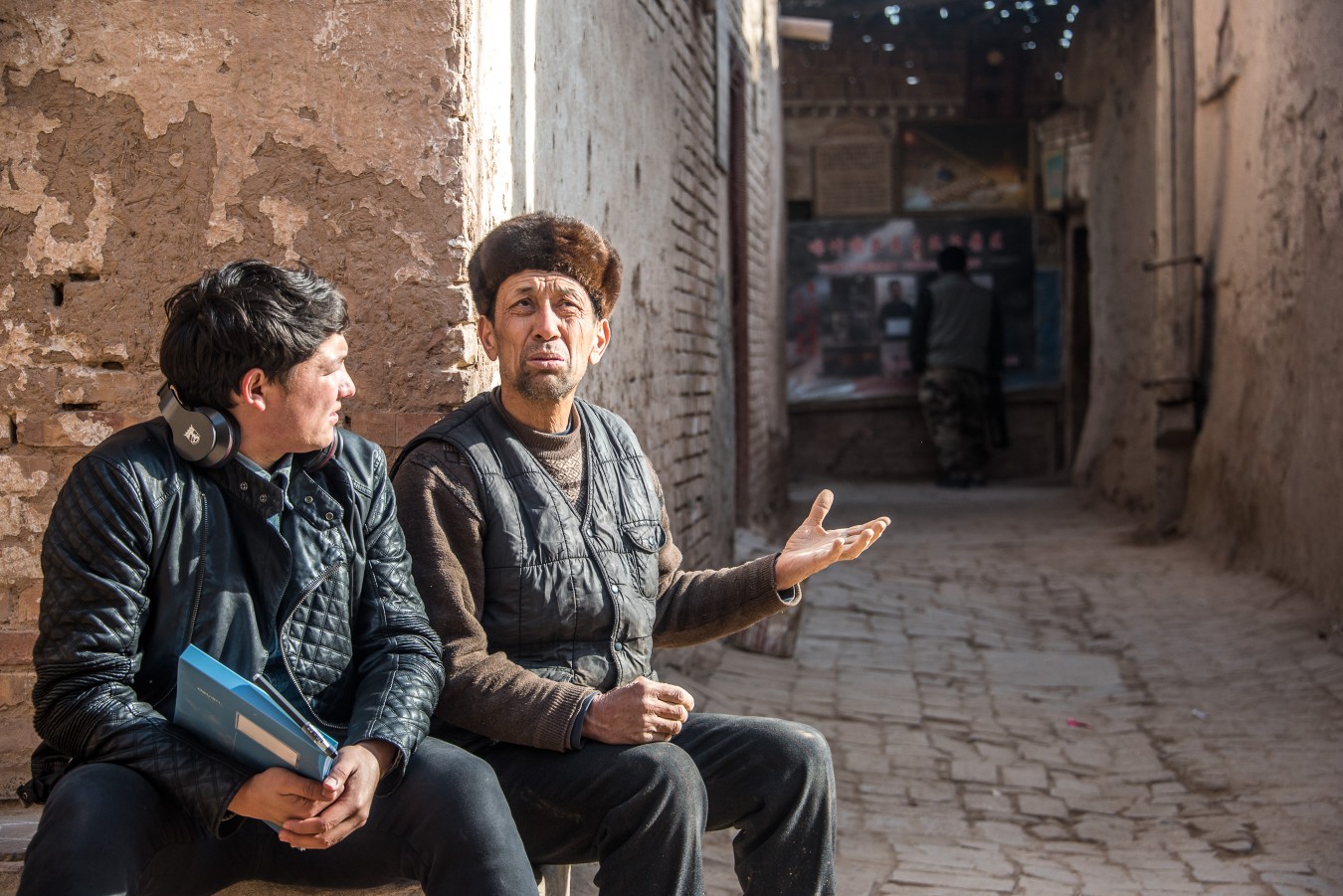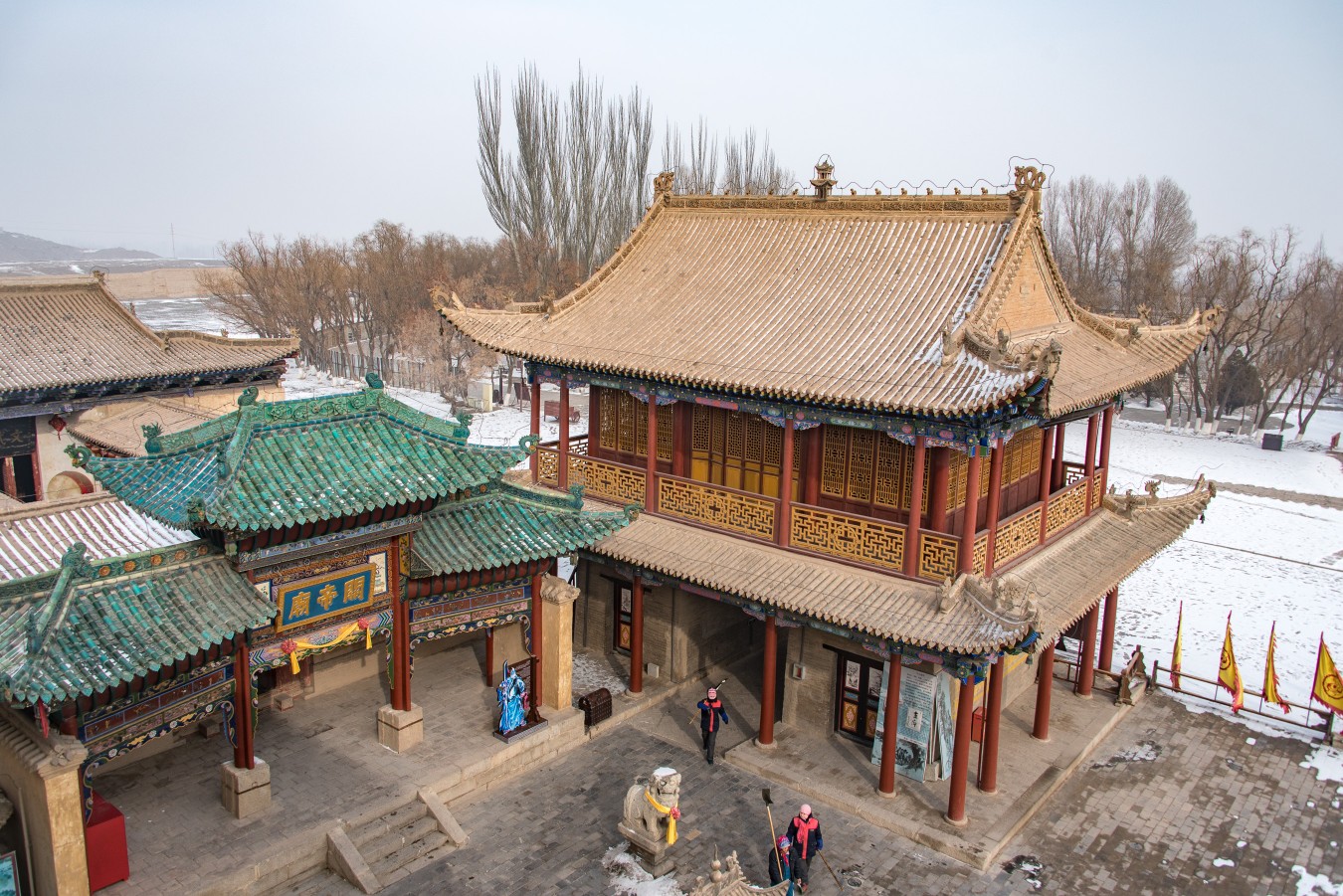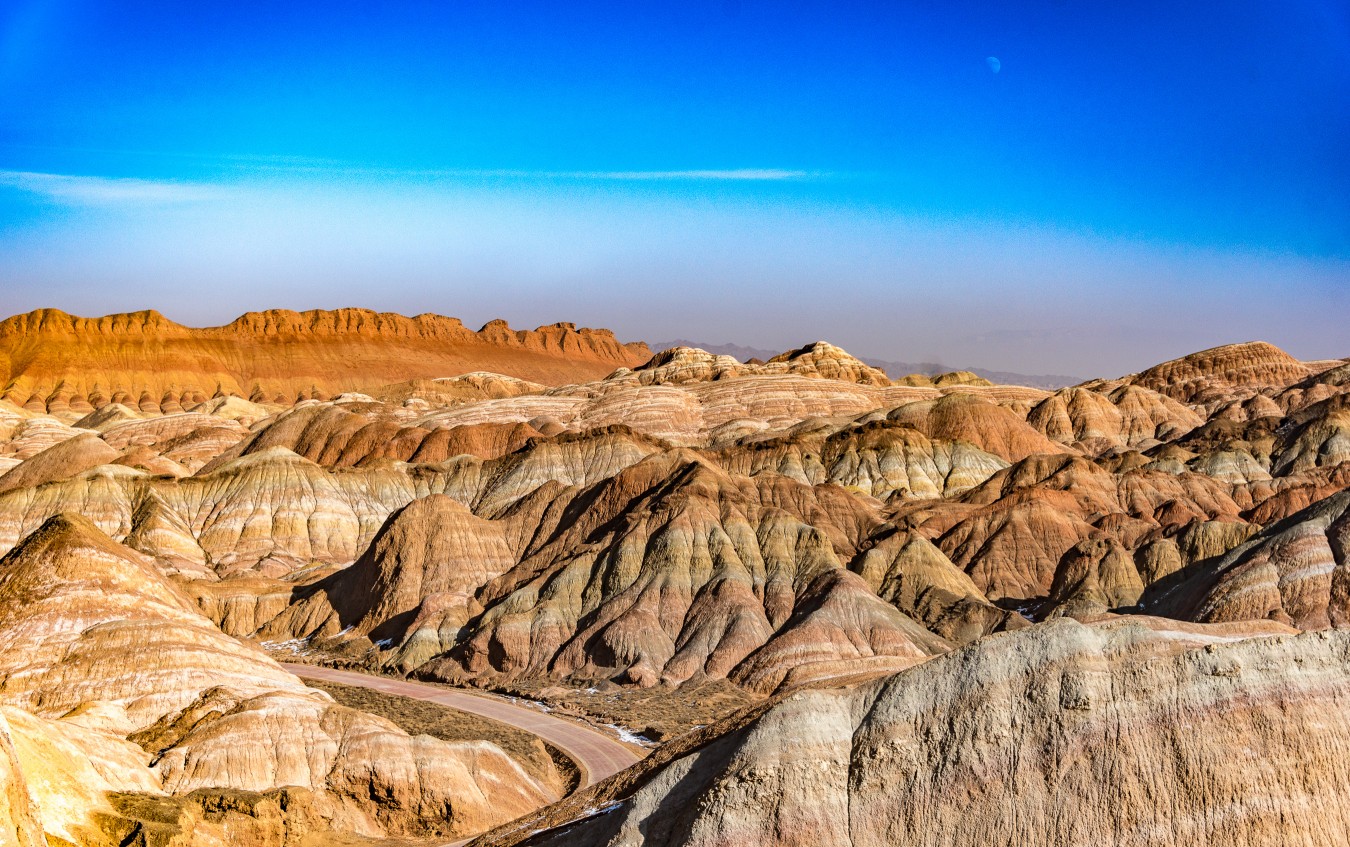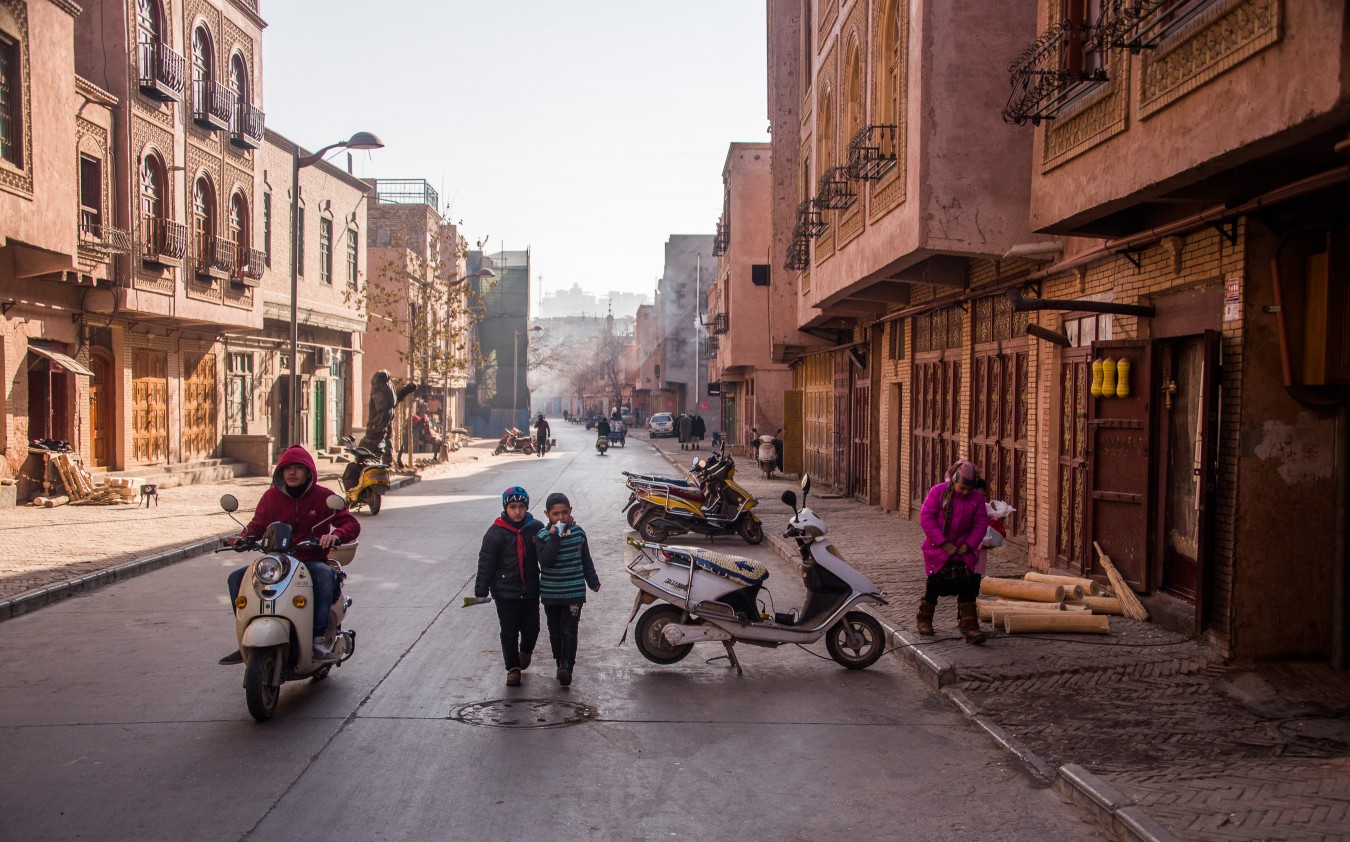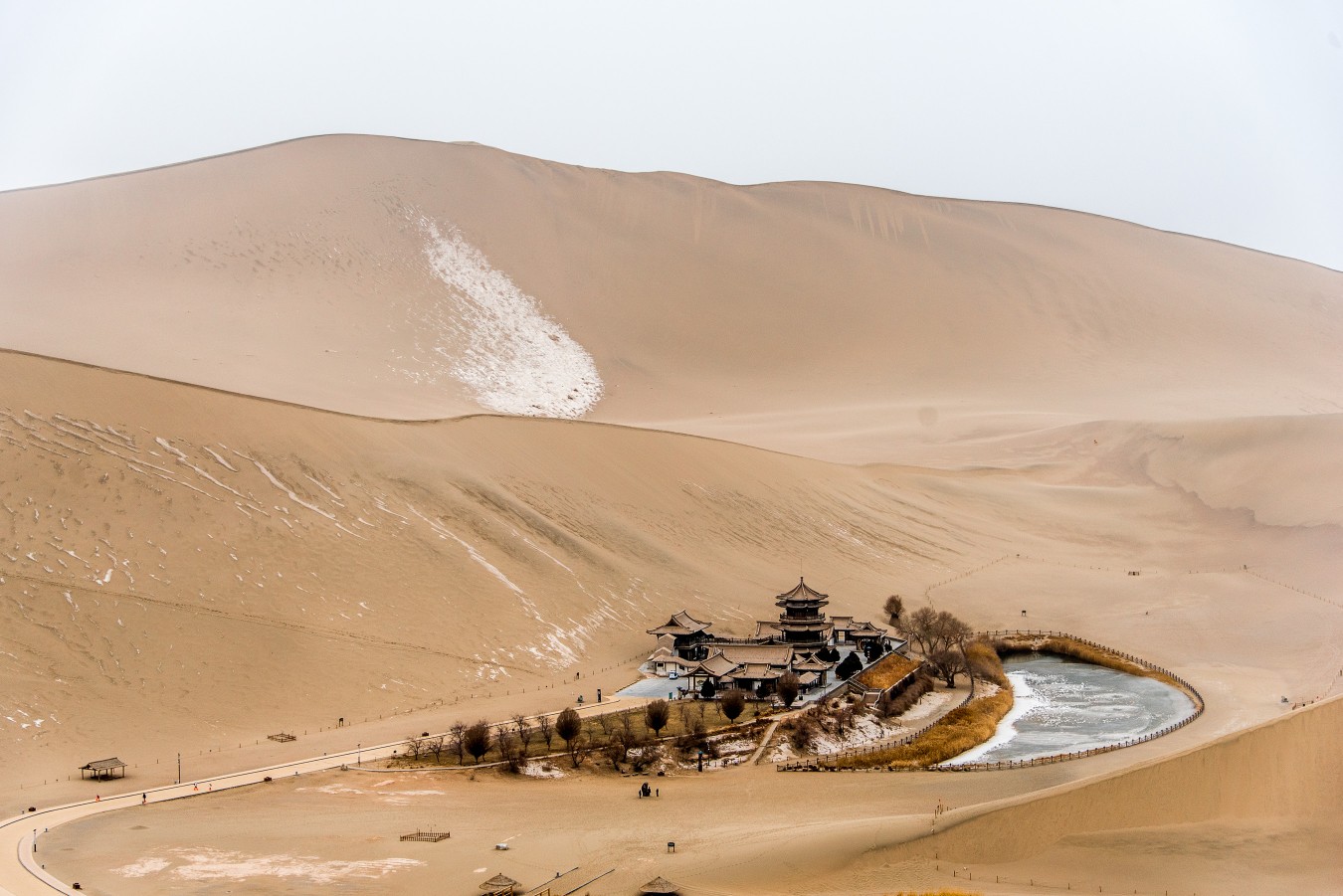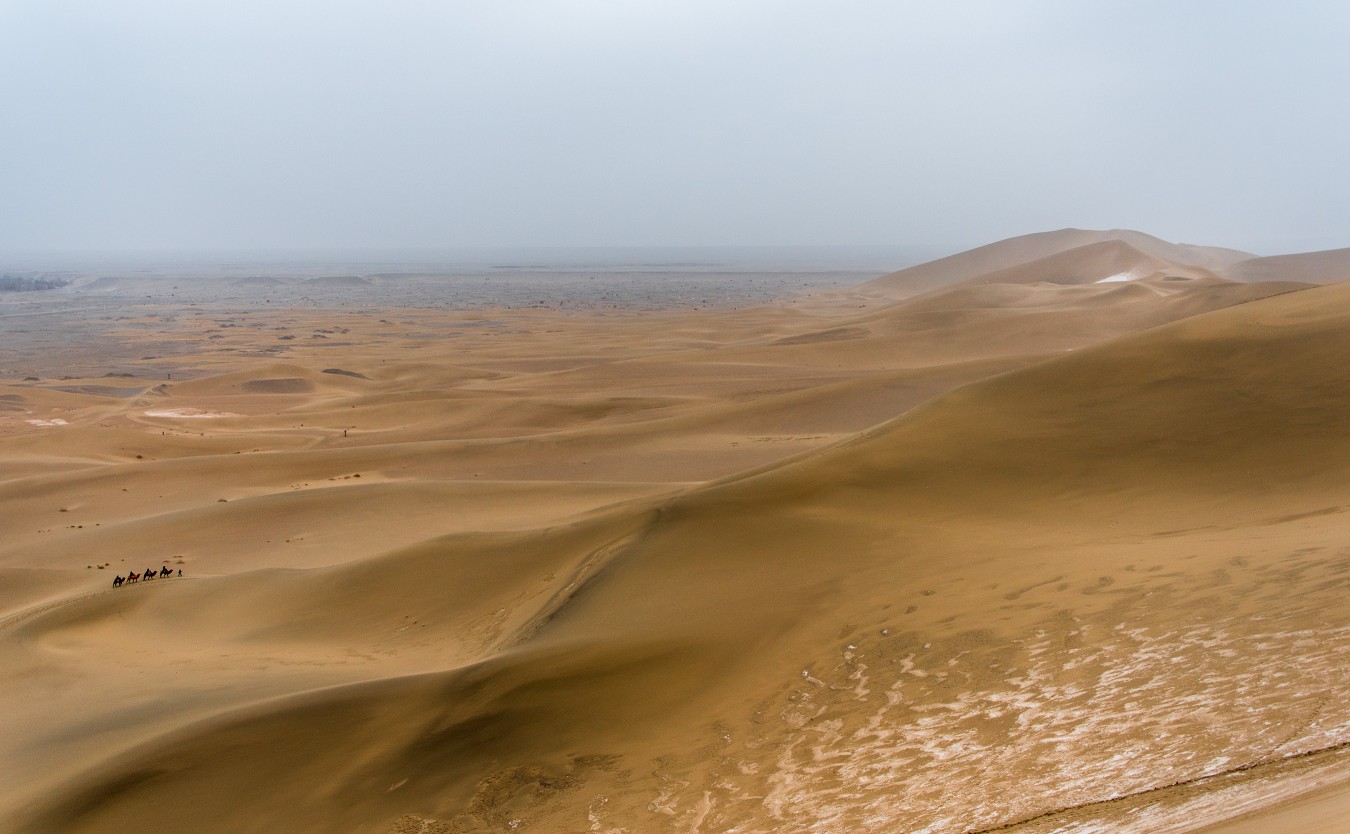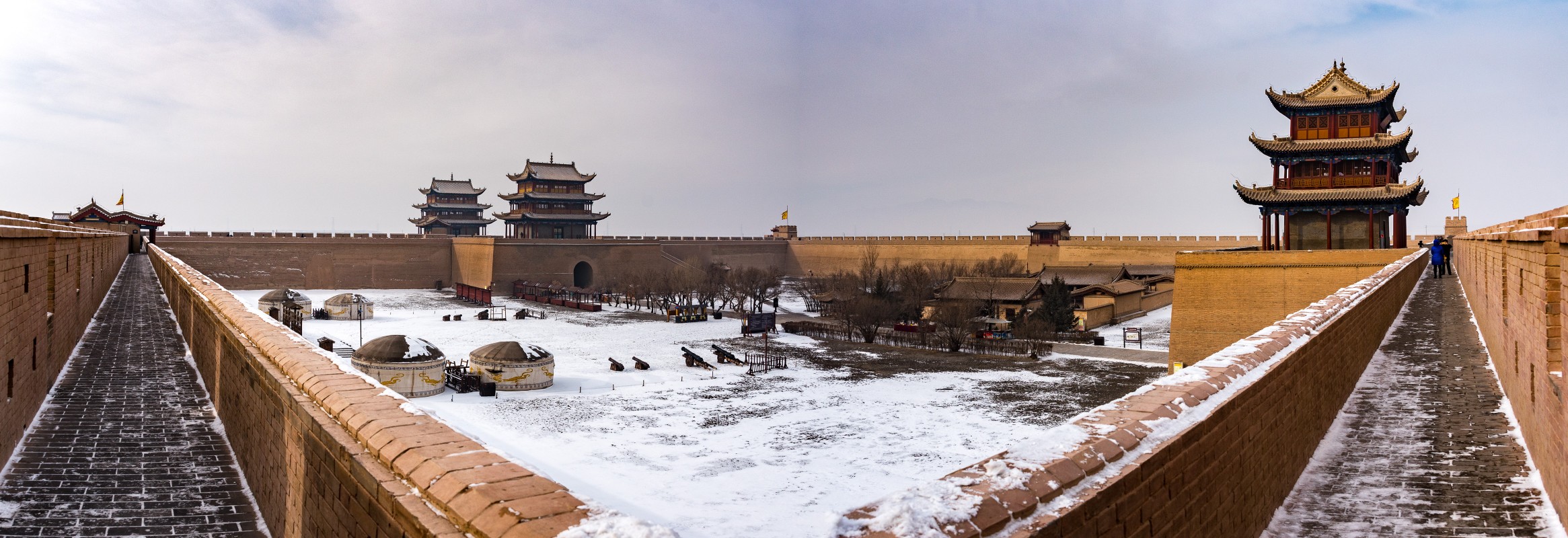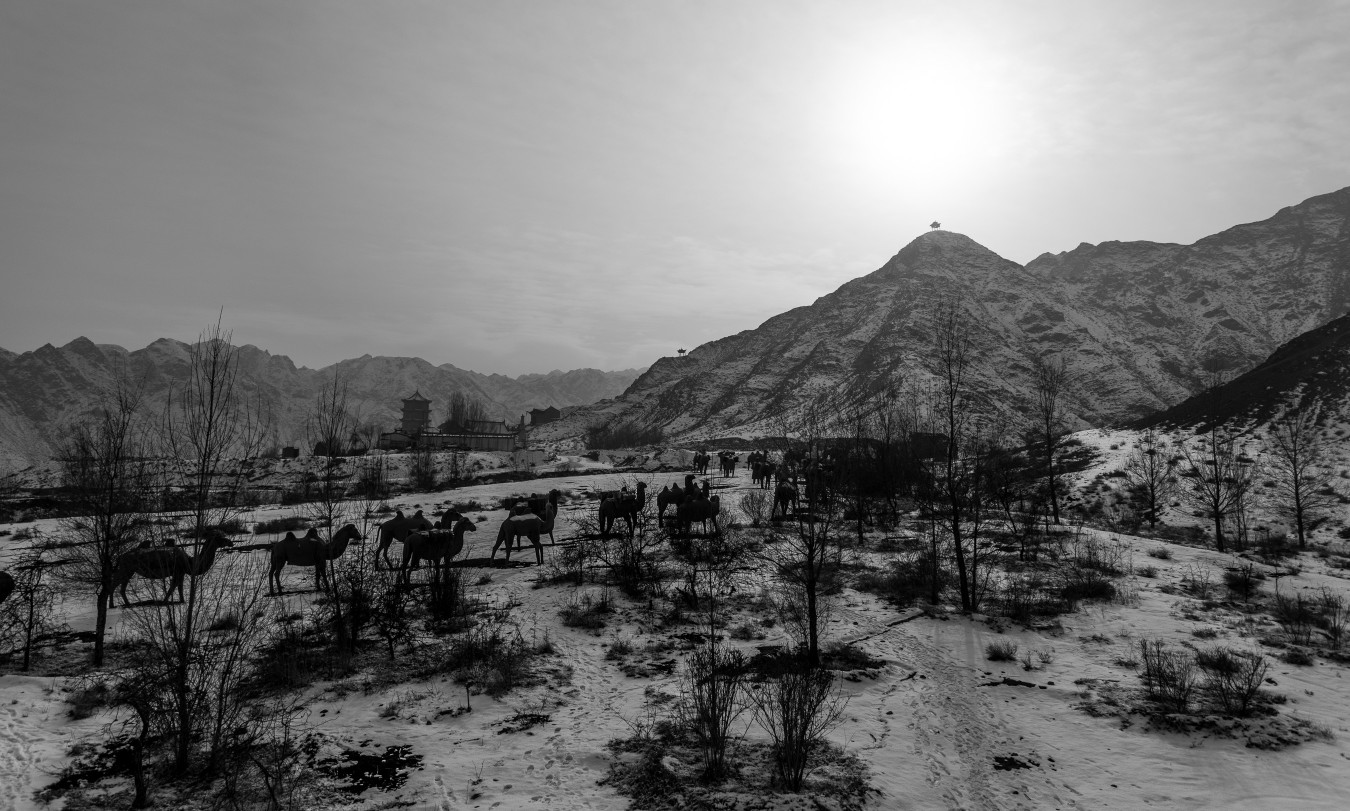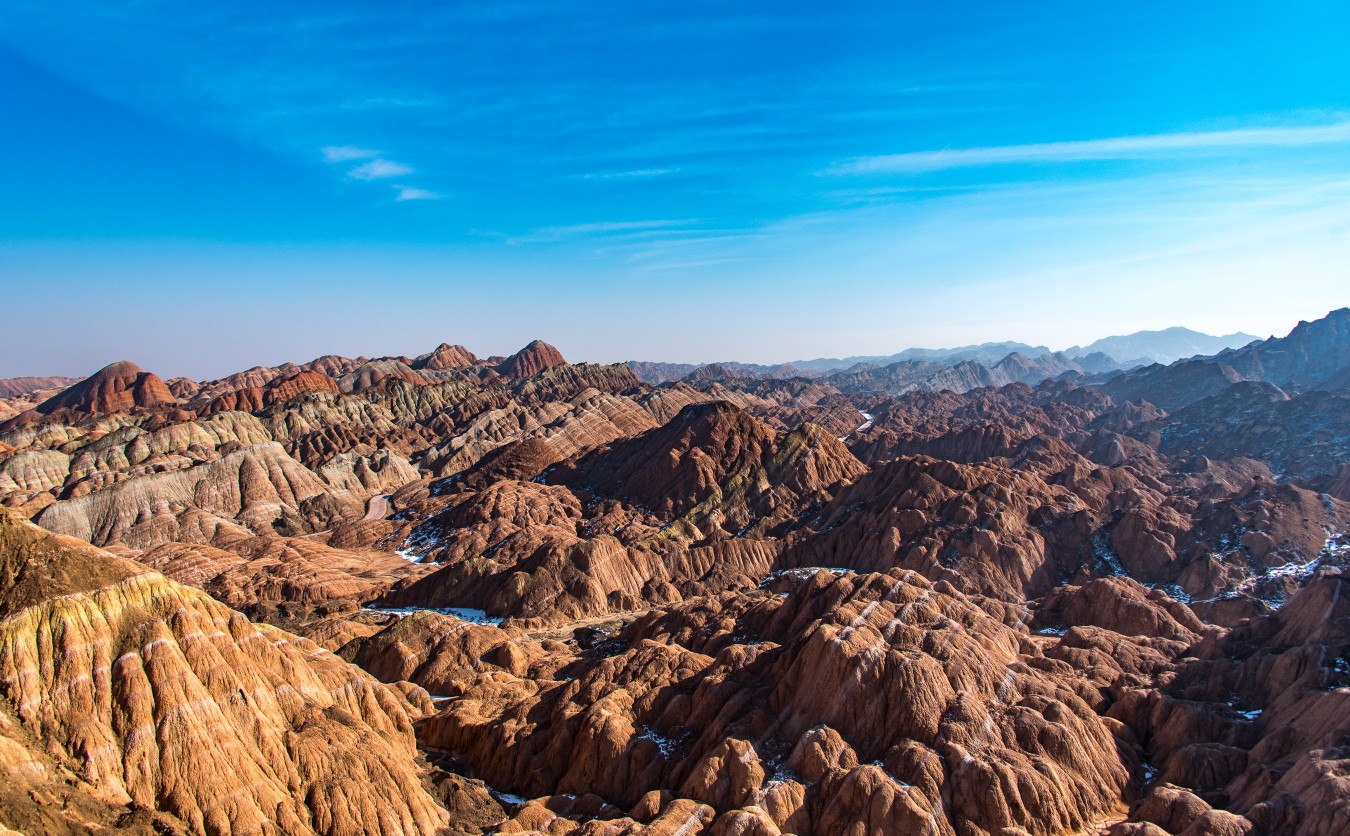After thousdants of kilometers of travels through vast expanses of Xinjiang province, mostly through Taklamakan and Gobi deserts, I came to Gansu province, westernmost part of ancient China. The whole province is basically a long depressed corridor (known as Hexi Corridor) between Qilian Mountains and Tibetan Plateau on the south and the Loess Plateau and Gobi desert on the north. It is here where easternmost outpost of China have been historically, such as Dunhuang trade city with famous Mogao Caves or Jiaiu Pass Fortress and western end of the Great Wall. Arid in similar way as Xinjiang, scenery mostly changes from various mountains to deserts to steppes, with fertile area beginning at the very eastern end near Shaanxi province.
As I entered the China from the westernmost border with Kyrgyzstan, I come to the largest, yet most sparsely populated region of China - the Uyghur Autonomous Region of Xinjiang, which is inhabited by great number of ethnic minorities, most prominently by Uyghurs, old turkic nation closely related to nations of central asian countries. While the largest city in the region is Urumqi in the north, this city has been largery re-developed by china and nowadays looks same as any other chinese city. Nevertheless, ancient silk road city of Kasghar still manages to keep its ancient charm, and still serves as an important point of trade and as cultural melting point, where west meets the east.
After thousdants of kilometers of travels through vast expanses of Xinjiang province, mostly through Taklamakan and Gobi deserts, I came to Gansu province, westernmost part of ancient China. The whole province is basically a long depressed corridor (known as Hexi Corridor) between Qilian Mountains and Tibetan Plateau on the south and the Loess Plateau and Gobi desert on the north. It is here where easternmost outpost of China have been historically, such as Dunhuang trade city with famous Mogao Caves or Jiaiu Pass Fortress and western end of the Great Wall. Arid in similar way as Xinjiang, scenery mostly changes from various mountains to deserts to steppes, with fertile area beginning at the very eastern end near Shaanxi province.
See full map
After thousdants of kilometers of travels through vast expanses of Xinjiang province, mostly through Taklamakan and Gobi deserts, I came to Gansu province, westernmost part of ancient China. The whole province is basically a long depressed corridor (known as Hexi Corridor) between Qilian Mountains and Tibetan Plateau on the south and the Loess Plateau and Gobi desert on the north. It is here where easternmost outpost of China have been historically, such as Dunhuang trade city with famous Mogao Caves or Jiaiu Pass Fortress and western end of the Great Wall. Arid in similar way as Xinjiang, scenery mostly changes from various mountains to deserts to steppes, with fertile area beginning at the very eastern end near Shaanxi province.


